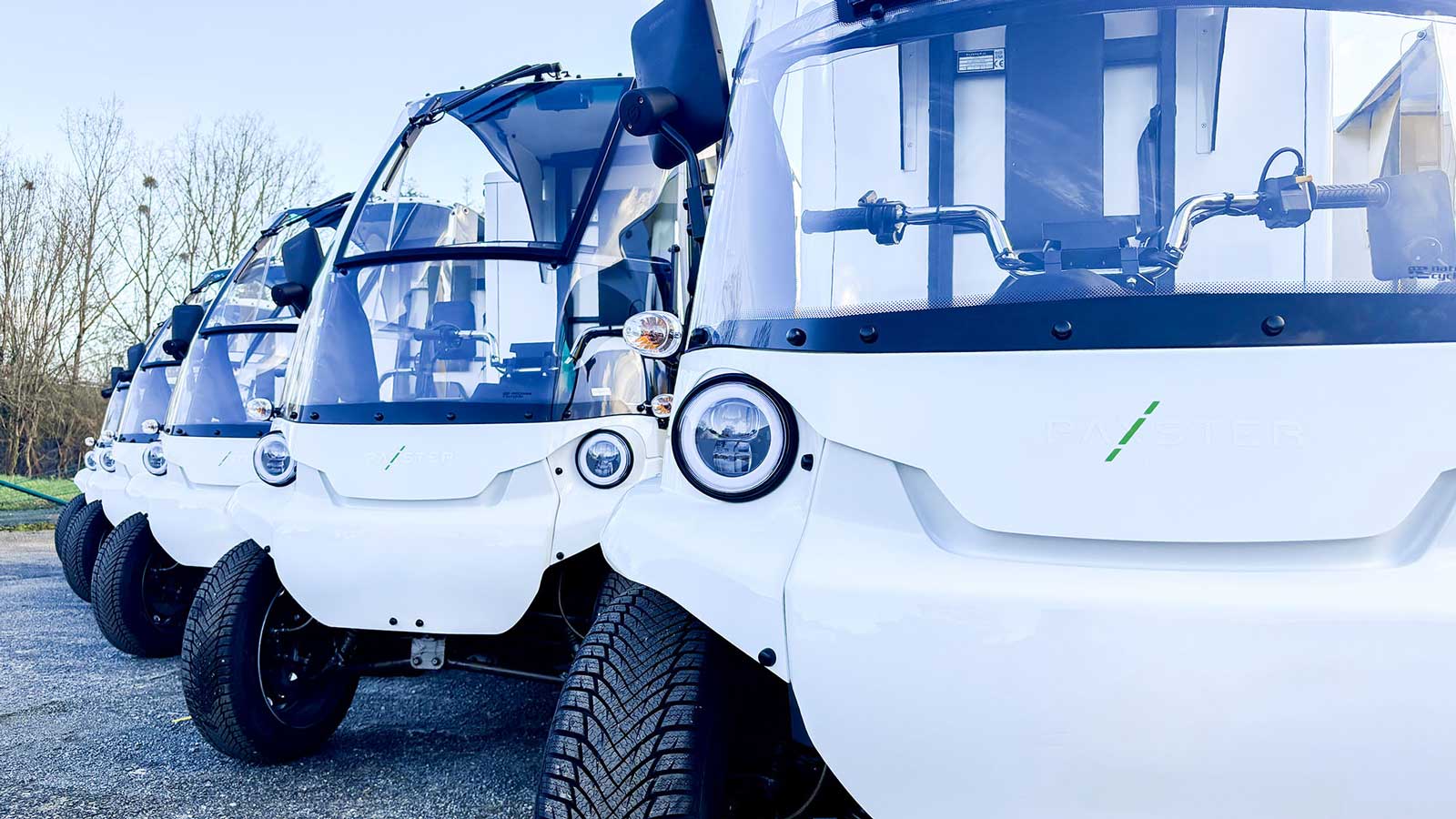For fleets
Product composition and volumes are changing rapidly. The recent COVID-19 pandemic has pushed everyone into the digital age, and it is expected that the trend with declining letters and surging parcel volumes will continue. In this blog post, we share insight on how best-in-class postal services work to remain competitive with joint deliveries of mail and parcel.
The question that many postal services are trying to answer, is how these changes should impact their fleet and delivery options. To many fleet managers, this mega-trend has roughly translated into decreasing weight and increasing volume requirements, resulting in a preference for van or van-like alternatives with higher volume capacities. But caution is advised, as this may be counterproductive in certain situations.
Selecting the right tool (vehicle) is important, but it shouldn’t stop here. For a postman or postwoman to perform at peak, it is important that the job matches the tool and vice versa.

If vehicles are tools, then what are the jobs?
On an aggregate level, the job can be defined as a combination of two important elements.
- The route
- The products to be delivered

No two routes are the same, and a typical mail center will have a variety of different routes in its portfolio, ranging from urban to rural areas. Routes normally differ in length, number of stops, and number of drop-off points to mention some criteria.
And while we have suggested that the right tools must be chosen, and deployed based on route characteristics, the benefits of this alone will be limited. When also adapting the product mix to suit the toolbox, a postal operator may expect to save 15-25% time compared to the van or van-like alternatives.
The product mix
Unlike much of the competition in the parcel industry, postal services are still required to deliver traditional letter mail, giving them slightly different challenges and opportunities. Together with leading postal services, we have taken a closer look at what passes through their depots.
Addressed mail still makes up a significant proportion of the volume and is an important contributor to the bottom line. And even if volumes are declining, they are still significant from a depots point of view. The mail often comes fully or partially sorted from a central sorting facility ready to be loaded onto vehicles.
Unaddressed admail represents another large proportion, but the volume usually varies cyclically, by seasons or time of the week / month. Postal services may also experience larger, more sporadic peaks caused by admail, for example when IKEA is distributing their catalogue, or similar examples.
Finally, parcels and packets make up an increasingly large proportion of the goods. And like unaddressed admail, parcels too tend to vary with time, and especially seasons – like Christmas or Black Friday. Physical dimensions of the parcels may vary, but the vast majority are smaller than a shoebox in size. This varies from operator to operator, but for most traditional postal services the small parcels will represent the greatest share of volume delivered.

So then what?
Good question! Best-in-class operators will usually split their parcel mix based on size, sending large parcels with large vehicles, and smaller parcels on small vehicles to achieve peak productivity. Since the share of small parcels represent most of the volume, delivering them efficiently is key to competitive advantage. And as discussed in a separate blogpost, some vehicles are ideal for transporting whereas others are ideal for delivery. When done right, postal services should be able to deliver more than 200+ small parcels on a shift, while also delivering traditional mail and other value-added services such as parcel collection.
Based on the changing product mix, and posts desire to balance efficient delivery of letter mail while also capturing a piece of the parcel market, we recommend:
- Adopt a toolbox point of view on the fleet.
- Select the right tools, for the right job
- Split the parcel mix between large, medium, and small. Send parcels with the optimal tools. Remember, lockers / PUDOs can be a valuable part of this.
- Reconfigure routes to capture benefits of productivity improvements


